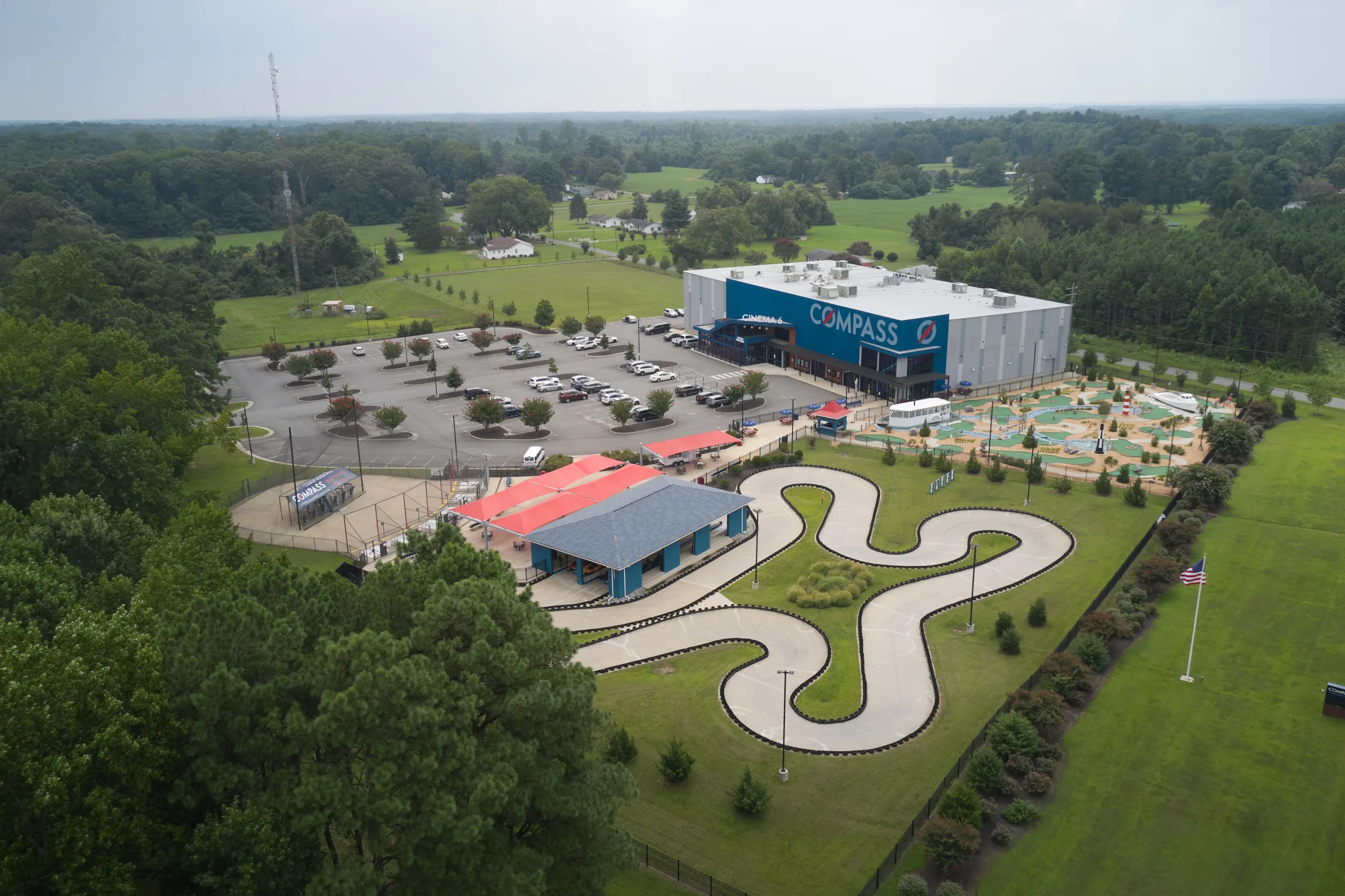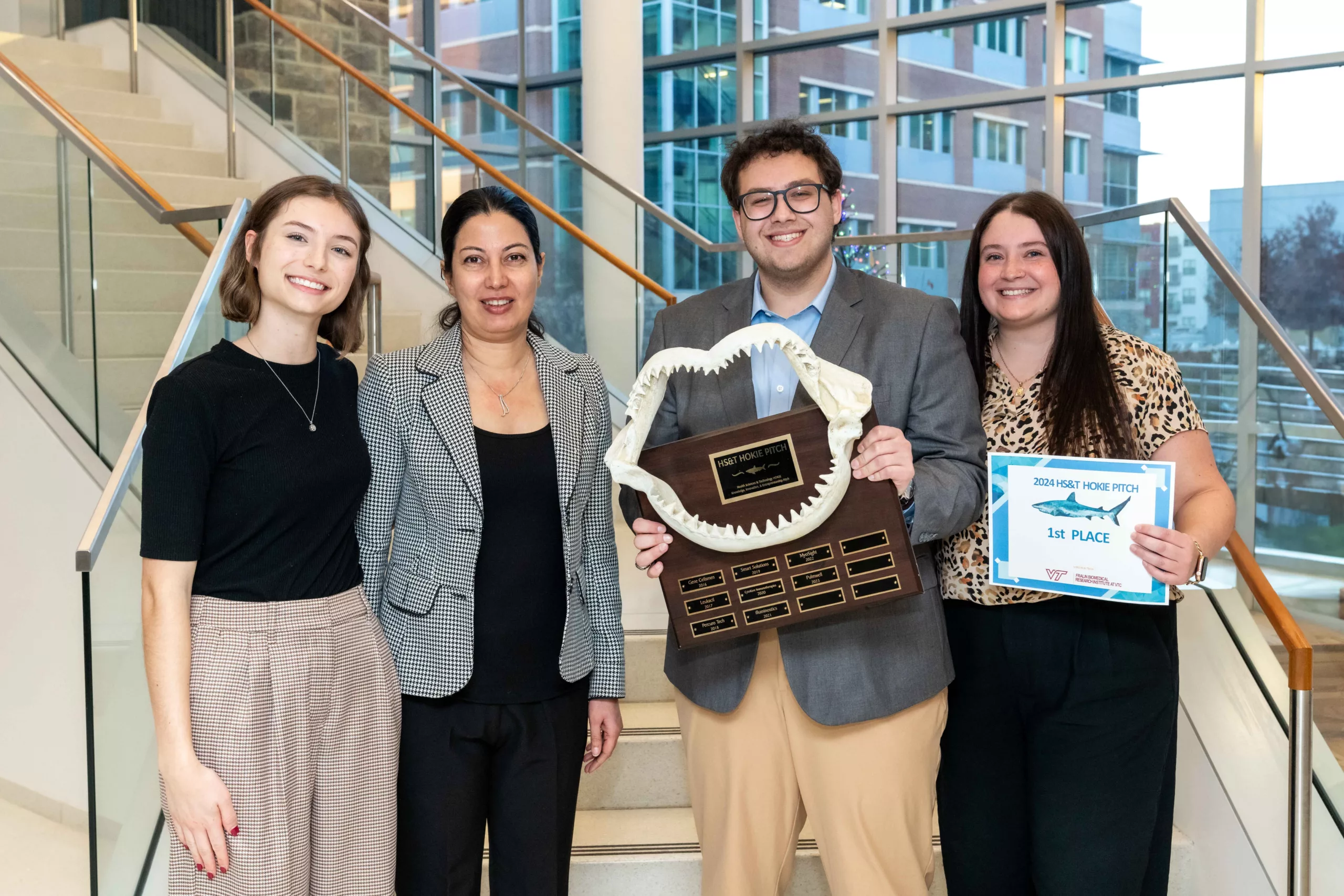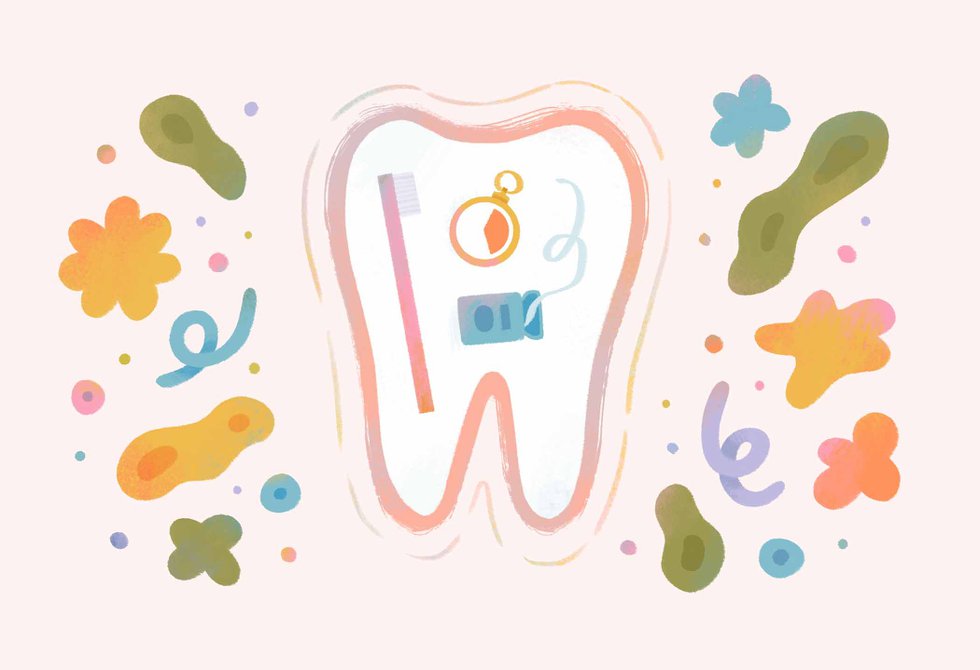Myopia rates tell a startling story: in just three decades, nearsightedness among Americans jumped from 25 percent to 42 percent. The World Health Organization’s projection is even more concerning: by 2050, half the global population could be affected, with one-fifth facing potential blindness from severe myopia complications.
And children are especially vulnerable.
While genetics play a role, especially for children with nearsighted parents, they can’t explain this dramatic surge. Genes take centuries to change, not decades. Many experts say the answer may lie in our changing environment and lifestyle.
The primary suspect? Our indoor-focused lives. Today, particularly in urban areas, people spend unprecedented amounts of time “near work”—staring at phones, tablets, and computers—and far less time outdoors than previous generations. This shift appears to be fundamentally affecting how young eyes develop.
Science offers insight into why outdoor time matters. Natural sunlight triggers crucial dopamine release in the retina, helping prevent the excessive eye growth that leads to myopia. Vitamin D from sun exposure may also play a protective role. Beyond vision, myopia can impact a child’s academic performance and ability to participate in various activities.
Prevention strategies are straightforward and include increasing time spent in natural light, balancing screen time with outdoor activities, and scheduling regular eye examinations.
By understanding these environmental factors, we can help protect children’s vision while adapting to modern life’s demands.
This article originally appeared in the June 2025 issue.









